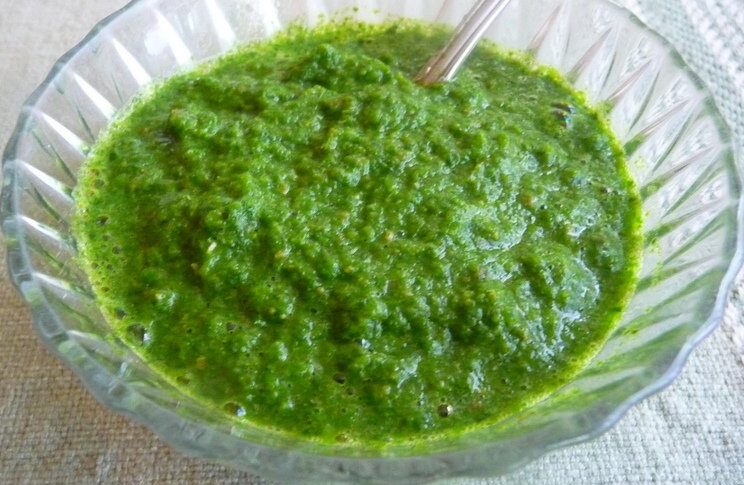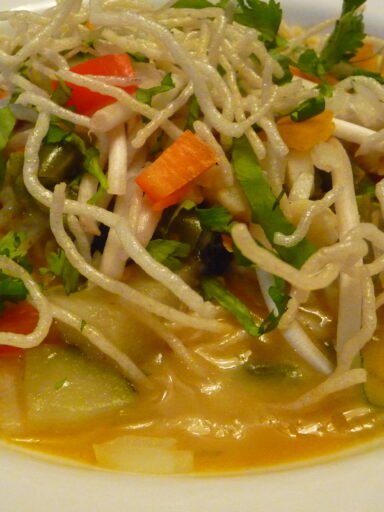One of the rarest varieties of rice, black rice doesn’t just look pretty—it’s full of antioxidants. I had it for the first time last night and I really enjoyed the taste. Try it and see.
What Is Black Rice?
Black rice, also known as purple rice or forbidden rice, can refer to more than 20 varieties of rice high in anthocyanin pigment, the same antioxidant pigment that gives eggplants and blackberries their deep color. Black rice is almost always sold as a whole grain, with the outermost layer of bran intact, making black rice technically a kind of brown or unrefined rice. The raw, uncooked grains look black, while cooked or soaked grains look purple—the result of the dark bran mixing with the white endosperm. Although they look similar, black rice is not related to wild rice, a grain of the genus Zizania. Instead, it’s a true rice: an heirloom rice variety that gets its color from the same type of mutation that affects the red rice.
Common Varieties of Black Rice
- Black sticky rice, a long-grain glutinous rice used in Thai desserts and often mixed with white sticky rice and cooked by steaming.
- Black Japonica rice, a mixture of 25 percent black short-grain japonica rice and 75 percent medium-grain red rice developed in California that’s good for rice salads.
- Chinese black rice, aka forbidden rice, grown in Zhezhiang in northern China and eaten as juk (congee or porridge), is firm, not sticky, and cooks more quickly than brown rice.
Why Is Black Rice Called Forbidden Rice?
Black rice is often called forbidden rice because, in Ancient China, black rice was reserved for the aristocracy. Its low yield (about 10 percent) means that black rice is still rarer than other types of rice, and the fact that it’s been used for hundreds of years in traditional Chinese medicine makes this rice special, even if it’s no longer for royals only.
Black Rice Benefits
Black rice is high in antioxidants, including anthocyanin, which may support heart and brain health, and vitamin E, which supports eye and skin health and the immune system. Its antioxidants are both fat- and water-soluble, allowing them to potentially benefit multiple parts of the body. Black rice contains more fiber, iron, and protein than regular brown rice, and especially white rice.
Like other whole-grain rice varieties, black rice has a low glycemic index, meaning that sugar is absorbed more slowly, providing a more stable energy source and avoiding the spikes in blood sugar associated with other carbohydrate-rich foods.
What Does Black Rice Taste Like?
The flavor of black rice varies depending on variety, but since the bran is left on, black rice always has a slightly nutty flavor, like brown rice. Chinese black rice is mildly sweet, fruity, and floral.
Ways to Cook Black Rice
The best way to cook black rice will depend on the variety—for example, black sticky rice should be steamed. Non-glutinous varieties of black rice can be soaked and then rinsed under cool running water, and prepared similarly to brown rice:
- Electric rice cooker: Use the brown rice setting, with the amount of water indicated for brown rice.
- Stovetop absorption method : Use 2 cups water to 1 cup rice and boil on the stovetop for 30 to 60 minutes.
- Instapot method: Use 1 cup of water to one cup of rice, add a little sal and a teaspoon of Olive oil and use Rice button to cook
Where to Buy Black Rice
Find black rice at Asian grocery stores, health food stores, and online. Since there are so many different kinds of black rice, check to see what you’re getting: Has it been mixed with other varieties of rice? Is it glutinous, long-grain, or short-grain?

